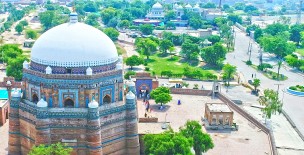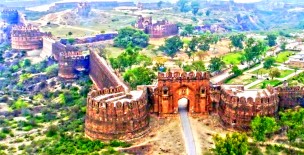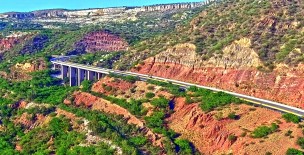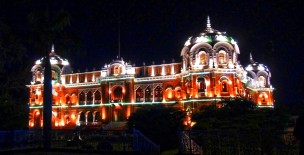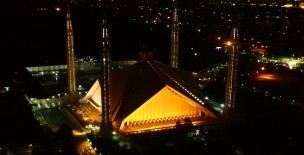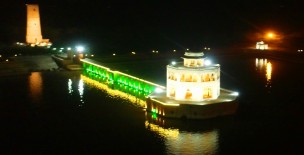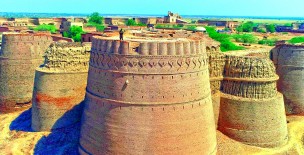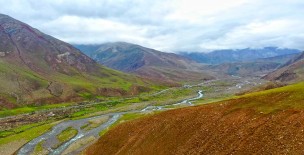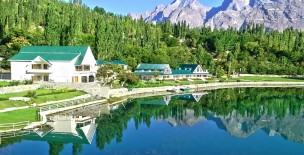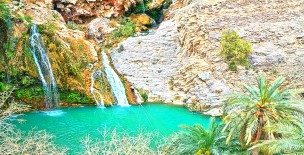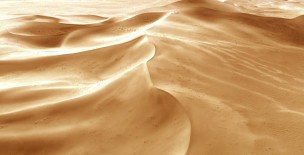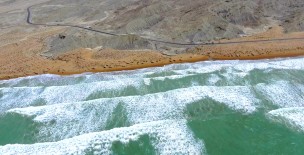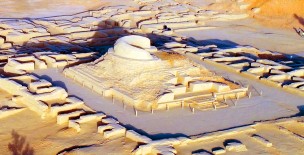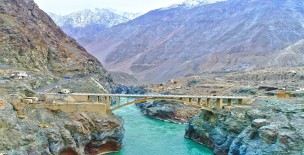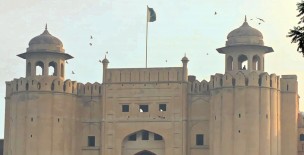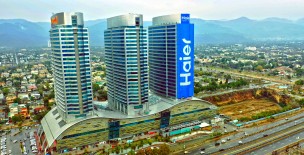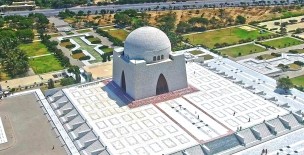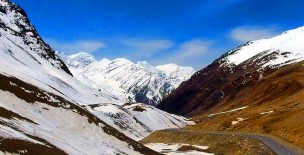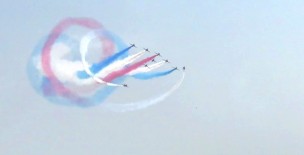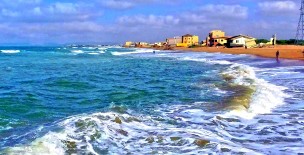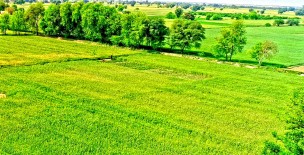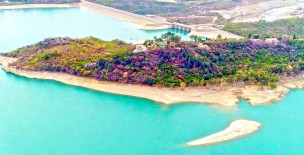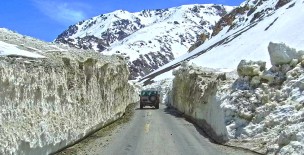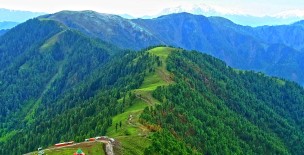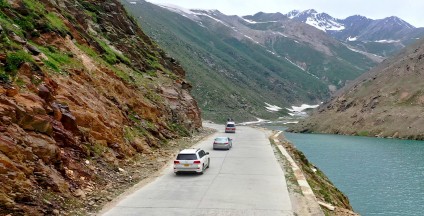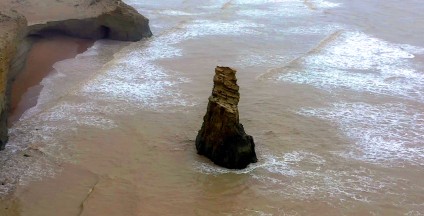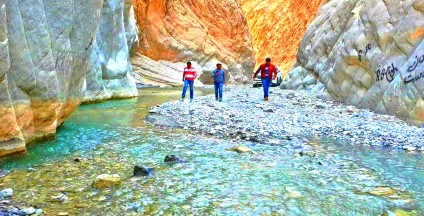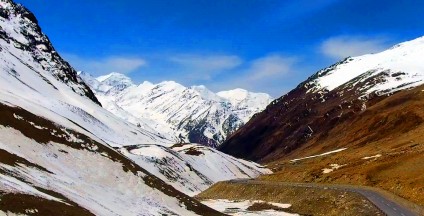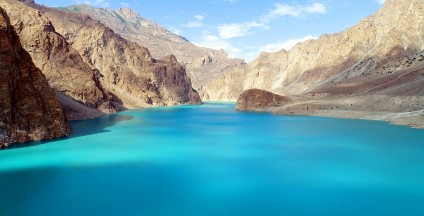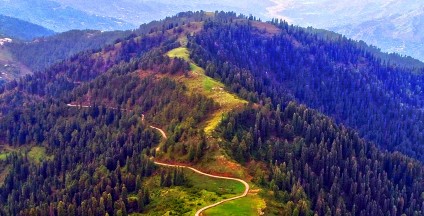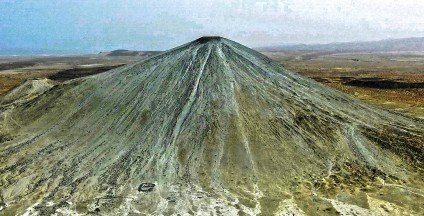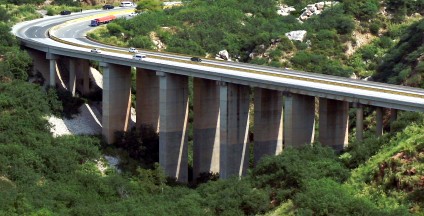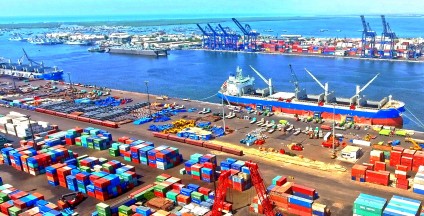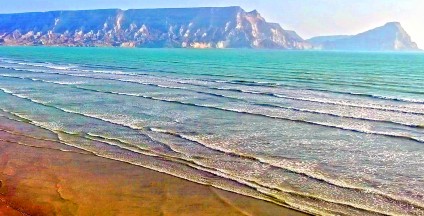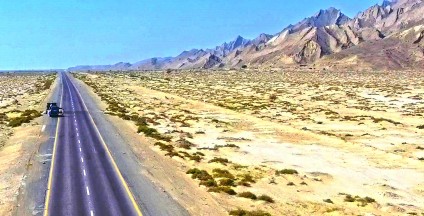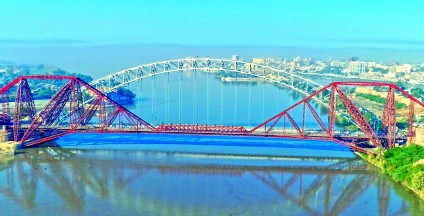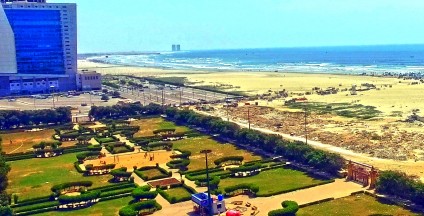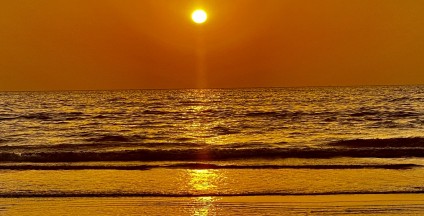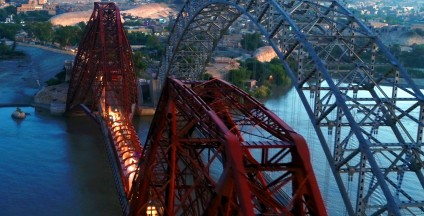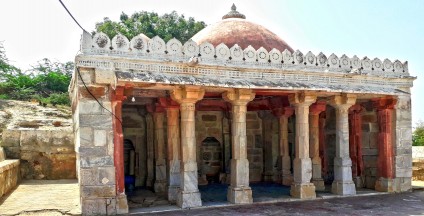Khewra Salt Mine
The Khewra Salt Mine (or Mayo Salt Mine) is located in Khewra, north of Pind Dadan Khan, an administrative subdivision of Jhelum District, Punjab Region, Pakistan.
The mine is located in the Salt Range, an outer range of the Himalaya Mountains which rises from the Indo-Gangetic Plain. It is Pakistan's largest, the world's 2nd largest.?
The mine is famous for its production of pink Himalayan salt, and is a major tourist attraction, drawing up to 250,000 visitors a year.
Its history dates back to its discovery by Alexander's troops in 320 BC, but it started trading in the Mughal era.
The salt reserves at Khewra were discovered when Alexander the Great crossed the Jhelum and Mianwali region during his Indian campaign.
The mine was discovered, however, not by Alexander, nor by his allies, but by his army's horses, when they were found licking the stones.
Ailing horses of his army also recovered after licking the rock salt stones. During the Mughal era the salt was traded in various markets, as far away as Central Asia.
The main tunnel at ground level was developed by Dr. H. Warth, a mining engineer, in 1872 during British rule.
After independence, the Pakistan Mineral Development Corporation took over the mine, which still remains the largest source of salt in the country, producing more than 350,000 tons per annum of about 99% pure halite.
Estimates of the reserves of salt in the mine vary from 82 million tons to 600 million tons.
Punjab & Islamabad - Khewra Salt Mine – Khewra - Jhelum District
Related Videos
Leave a Comment:
For comment please login first: Login here

